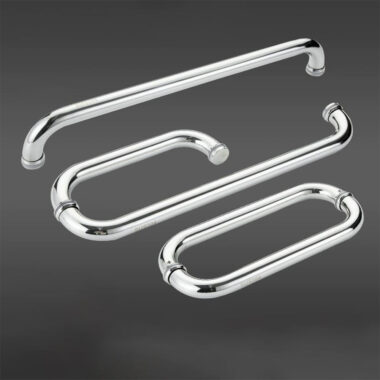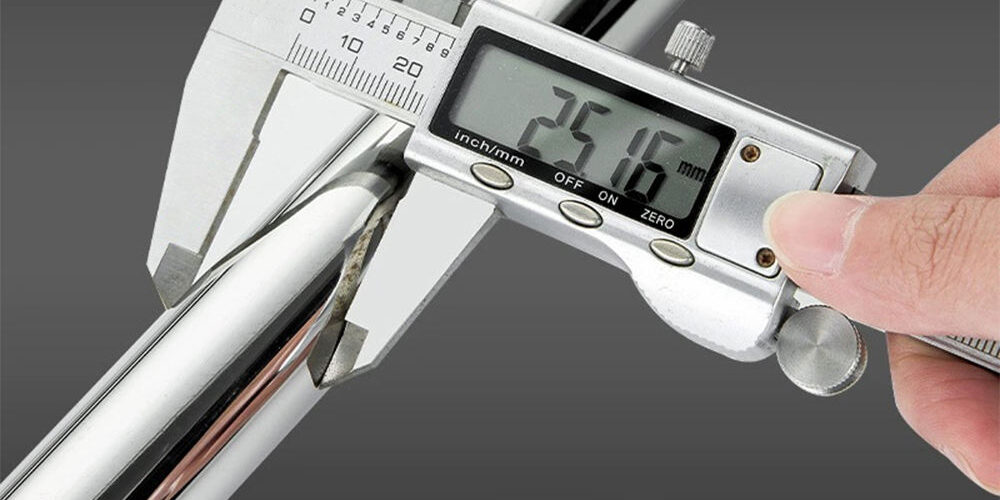Why Tolerances Are Critical in Glass Door Hardware
Unlike wood or metal doors, glass panels have no margin for error. A poorly aligned handle or excessive torque can result in cracks, instability, or costly replacements. That’s why understanding installation tolerances for glass door handles is essential for contractors, builders, and designers.
Early coordination with a reliable Door Handle Manufacturer helps ensure the hardware supplied is precision-tested, with hole patterns and mounting kits designed specifically for tempered glass.
Hole Spacing and Alignment
✔ Standard Patterns: Most glass door handles require precision-drilled holes at 200 mm or 300 mm centers.
✔ Accuracy: Even a 1 mm misalignment can create stress points leading to cracks.
✔ Recommendation: Always use CNC or template-guided drilling for consistency.
Gasket and Washer Selection
Rubber Gaskets: Provide cushioning and prevent direct metal-to-glass contact.
Nylon Washers: Reduce friction during tightening.
Hardness Rating: Choose appropriate durometer values (60–70 Shore A) to balance grip and flexibility.
Torque Control During Installation
Applying too much force when tightening bolts is one of the most common causes of glass fractures. Manufacturers typically recommend 5–8 Nm of torque for glass-mounted handles. Always use calibrated tools instead of manual over-tightening.
For guaranteed results, contractors often rely on models listed by Glass Door Handles Manufacturer, which are tested for both safety and durability.
Common Mistakes to Avoid
❌ Installing without gaskets
❌ Over-tightening set screws
❌ Using low-grade bolts in humid or coastal environments
Correcting these mistakes early ensures the handle maintains both structural integrity and aesthetic appeal.
Final Thoughts
Glass door handles add elegance and transparency to modern architecture, but only when installed with precision. By respecting tolerances—hole spacing, gasket quality, and torque—you extend the hardware’s life and protect the integrity of the glass.









